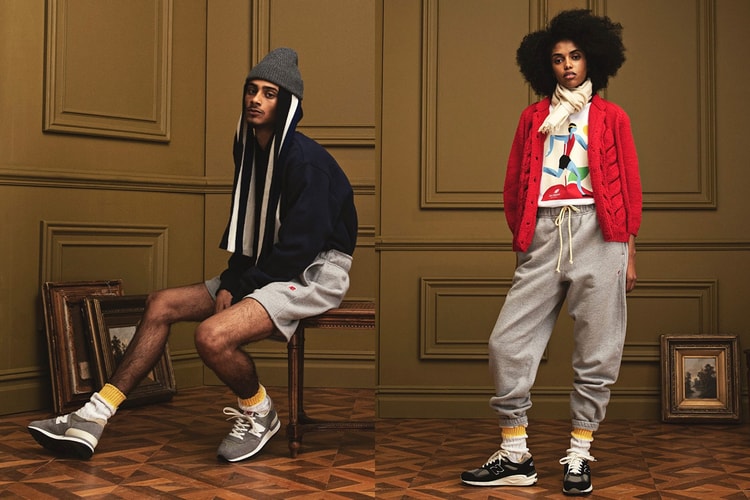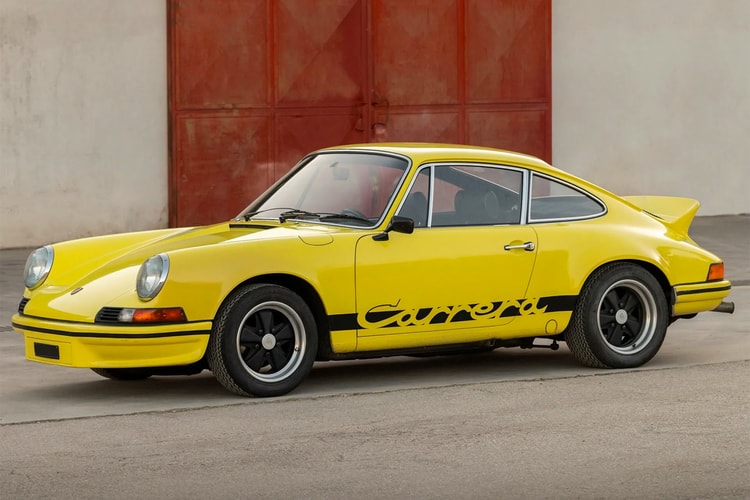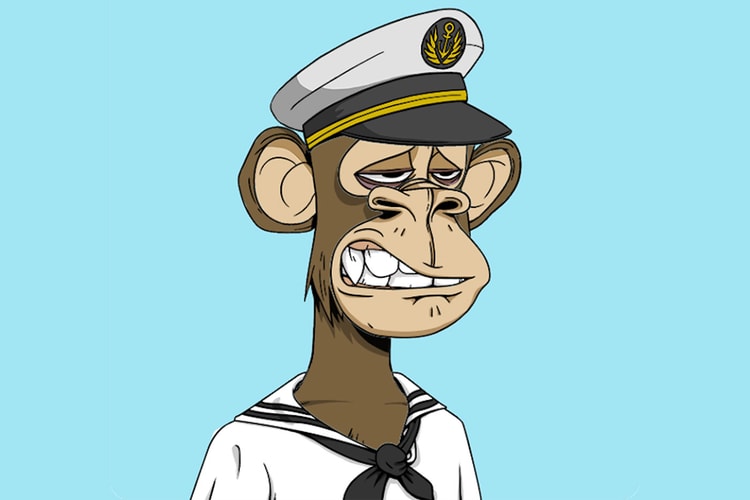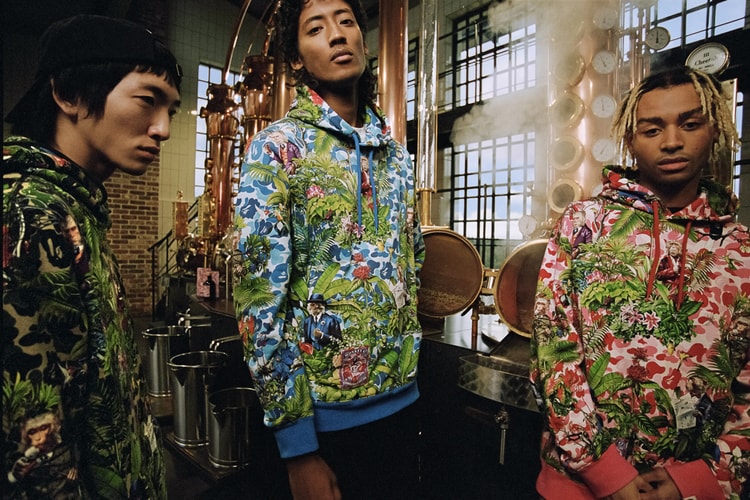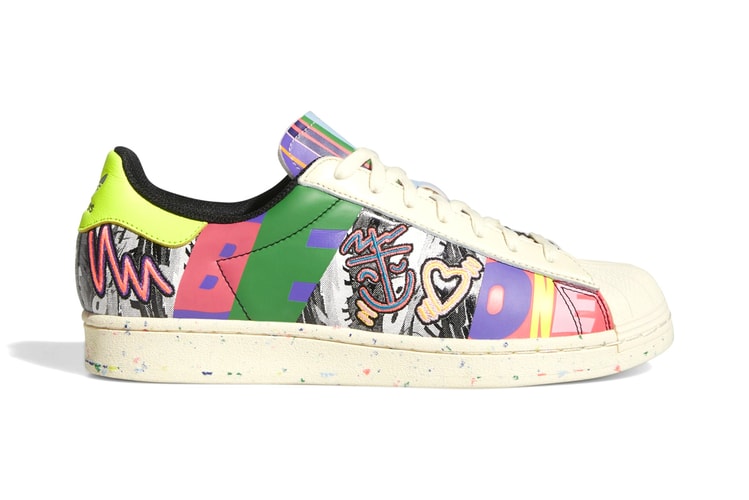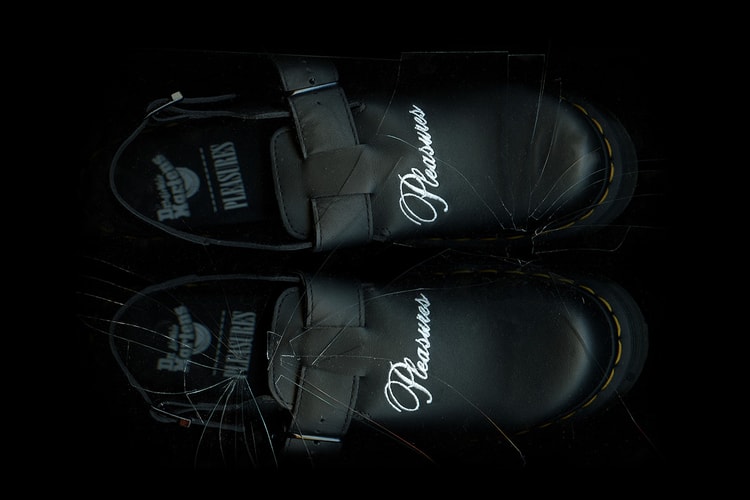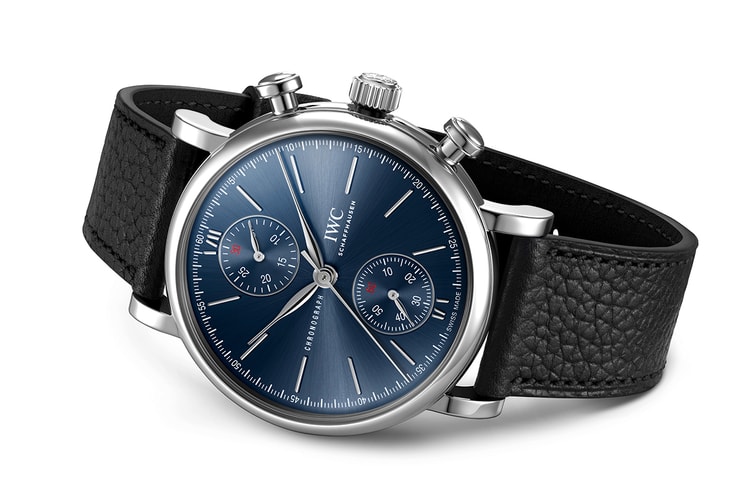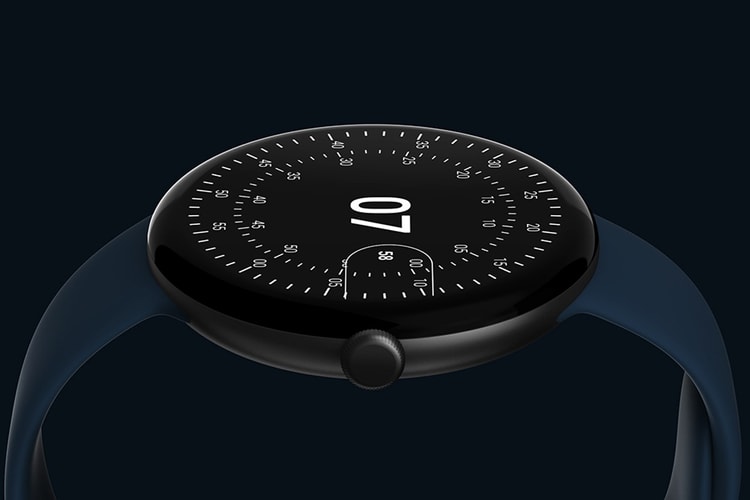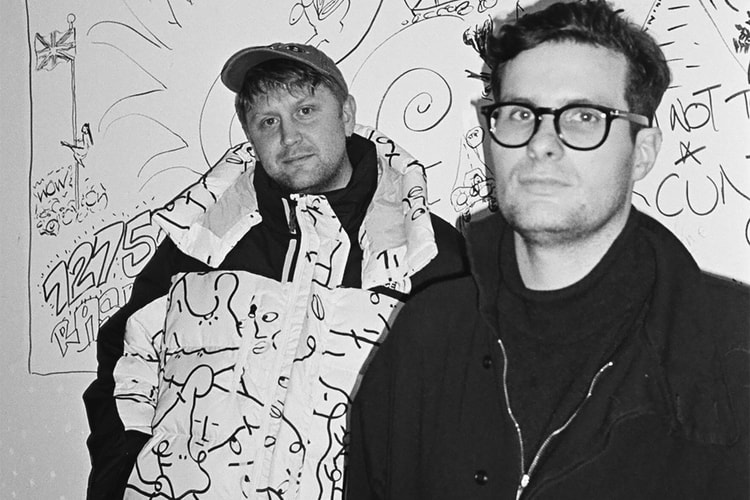Discarded Fishing Nets Were Used to Create This 3D-Printed Chair
With a fluid design inspired by the ocean’s kelp forests.



Recycled fishing nets and wood fibres were combined to create this 3D-printed chair, designed by Swedish studio Interesting Times Gang. Developed as part of the Kelp Collection, the furniture was originally commissioned by Michelin-star chefs Niclas Jönsson and Daniel Höglander for their soon-to-be opened Stockholm restaurant, Black Milk Sushi. The chefs wanted something that felt in keeping with the theme of the restaurant, but that was out of the ordinary – and pushed the design studio to create something that hadn’t been seen before.
With this brief in mind, the designers turned their minds to the ongoing climate crisis, and began thinking up ideas that would bring attention to the vast amounts of underwater kelp forests being eradicated due to unsustainable fishing practices and rising ocean temperatures.
“When designing the chair I went back to the west coast of Sweden where I’m originally from. There, the archipelago have a very “soft” feel to them, which is ironic because it’s a very bare landscape – rounded red granite cliffs with little to no trees, and then the contrast of blue water and all its habitants,” Design Director Alexander Westerlund said.
“I wanted to give the design a feeling of the water’s constant movement, looking down you see the kelp in the ocean moving and swaying about. My goal was to give the impression that the chair was down there on the ocean floor,” he added. “In a sense the chair is a love letter to these surroundings”.
By opting to 3D print in a material combination of recycled fishing nets and wood fibre, the team has produced objects that can be ground down to create new bio-materials that can be reused again and again, making entirely new objects within a closed design loop.
As well as literally translating this theme by using materials taken from the sea, Westerlund and his team employed a form that gives the chair a “subtle dampening effect”, as if it were in movement. Its striking green colour comes directly from the nets and ropes themselves, which were sourced from Scandinavia and across Europe. “We liked that the colour stayed true to its origins,” Westerlund said.
Ocean plastic is providing a useful material for an increasing number of designers and brands. Recently, Humanscale and Todd Bracher Studio launched a task chair that utilises both ocean and ocean-bound plastic, and recycled post-consumer textiles.



